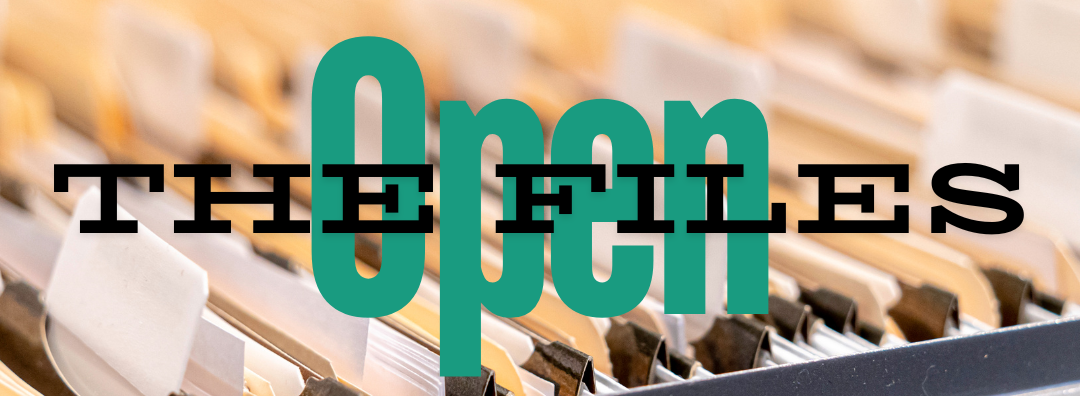You and your child are now noticing when you are thinking as you read! That’s great! Happy Dance!!!
I wish that I could say that was all you needed to do to raise a thoughtful reader. But, if we stop here, we are setting our kids up to miss out on a whole lot of goodness as they read.
So what‘s next?
Now it is time to hone in that thinking and focus on the particular ways that thoughtful readers think. In our house we take these on one at a time. Spread out over a school year we easily get to all eight with plenty of time to mindfully pull them all together since we now know that thinking doesn’t happen in a vacuum.
Which thinking strategy is up first?
After metacognition, I like to introduce schema. Schema is what we already know about something. Sometimes you will hear it called prior knowledge. I prefer the term schema because schema can be changed – added to, subtracted from, refined – where as prior knowledge implies stagnation.
I like to start with this one because kids know a lot about a lot of things and it is rare to find a kiddo who doesn’t want to share what they know about something with you.
To get started, I talk to the children about how their brains hold information similar to how a computer or tablet holds information. To organize this information and to make it easier to keep track of, computers, tablets and our brains file things together. Often, I will even bring out my computer and show how there are file folders of information and the documents in each folder somehow go together.
Next, I grab a real folder and several strips of paper. On the outside of the folder I write cats. Obviously, there isn’t anything magical about using cats as the example so feel free to choose something that is more pertinent in your household or classroom if cats doesn’t strike your fancy. Then we take turns writing on the pieces of paper things we know about cats. Once a piece of paper has something we know about cats on it, we put it into our folder. We keep on writing things until we both run out of things about cats – this can take quite a while.
When we are fresh out of ideas, we unpack the folder slip by slip and see all of the things that we already know. We see what is already in the file in our brains that is labeled cats. This is when I first use the word schema. I explain that schema is just a fancy way of saying the things that are already in our brains about something. Next, I talk about how when we listen to the schema our brains have about something as we are reading, it makes figuring out the words and understanding the story a ton easier. For example, if I am reading a book about cats and I see the words “The cat sees a mouse. He wants to pounce.” even if I don’t know the word pounce by sounding it out, I am more likely to figure it out because I know that cats pounce on their prey. As far as schema expanding my understanding of the book, using that same example, we could say that I can also now infer that the cat is hungry and wants to eat the mouse. My schema about cats pouncing to hunt and eating mice helps me put all those things together.
There you have it, after learning to listen to your own thinking as you enjoy a book, it is time to double down and listen more closely to the particular types of thinking your brain does. And the strategy that is up first is schema. Want more about how to help your child become a thoughtful reader? Follow Smart Simple Homeschool on social media – Facebook, Instagram, Threads – and join our mailing list for exclusive insights.

Trackbacks/Pingbacks